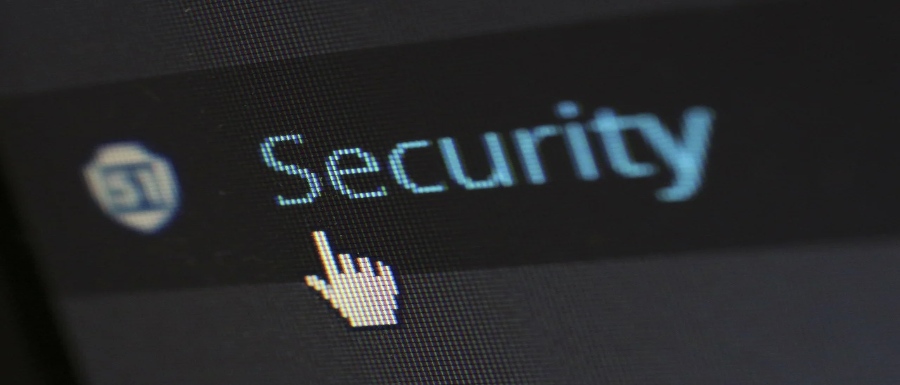Organizing a staff of security guards effectively necessitates a significant effort, from controlling guard schedules to guaranteeing that each person is properly executing their obligations. However, when significant amounts of documentation are involved, blocking these and other critical on-site safety activities is simple – particularly if it relates to your firm’s security incident reporting system.
Companies who depend on submitting paper reports, physical security or maybe just calling an event over the phone are considerably more vulnerable to human error as they attempt to solve the issues. These archaic and outdated techniques can cause various security events for security professionals, such as delays in getting incident information to the appropriate employees or perhaps even forgetting security incidents reported under a pile of documents.
As a result, many security organizations are turning to automation technologies to help them improve their incident reporting procedure. This article discusses the security incident reporting procedure, its importance, and whether it should be automated.
Automation Software Can Benefit Security Incident Reporting Procedures In the Following Ways:

Precise Data Gathering
Whenever a security guard lacks adequate information to provide in case of report submission, it is among the most significant concerns that impede security incident reporting. This is particularly prevalent with physical paper record-keeping; after all, there's no way of forcing somebody to write in every data cell on the page.
When individually delivering reports, unreliability can be a concern. These records are frequently completed after the security incident occurs, making it difficult for security guards to recall the particulars of the incident, such as the time as well as other data. These and many other seemingly trivial mistakes can result in substantial voids in the reporting, slowing response times or resulting in contradictory reports.
Nevertheless, neither one of these issues arise when utilizing an automated method. Back office administration can configure their reporting procedure so guards can often not make a security incident report unless all necessary cells have been filled out. Even better, many systems automatically mark key fields, so your security guards don't have to stress about giving relevant data manually. When integrated with mobile access, proper incident reports could be filed in a matter of seconds.
Delivering the appropriate information to the right people:
Another major difficulty that impedes a team's security incident reporting routine is ensuring that the correct information reaches the appropriate individuals. While some occurrences might not necessitate the intervention of back-office staff, others may require extra directions from the agency's owner and perhaps even help from emergency crews.
Trying to communicate this information through phone calls or emails might be perplexing as security officers and back-office personnel try to find out who they have to reach out to – but this is not at all a barrier with the use of an automated system. Managers can enter the relevant contact details into an automated device, which people could then utilize to convey alerts to the appropriate persons.
For instance, if an incident is reported and it necessitates extra guidance from the manager, back-office workers would not have to sift through piles of paperwork data to find that person's contact details.
Cyber Security Incidents: Reasons to Report Them
There exist several compelling reasons to establish a comprehensive incident reporting procedure. The following are some of the benefits to both the employee and the company:
Incident Reporting Promotes the Culture of Security
"We're all in it together," is the mindset underpinning the culture of security. Reporting an incident must not be a dreaded task but a routine procedure. When anything alarming occurs, make incident reporting a company standard and normal employee behavior. Workers are part of the fight against cyber assaults when they have an easy and quick approach to incidents. This fosters a sense of community in the fight against cybercrime and forgery.
Creates a Simplified Measure to Avoid Serious Attacks from Occurring
The reporting structure should be built on an incident investigation framework, customized to your company's requirements, and built on automated procedures. An incident reporting solution should be configured to allow for progression from reporting through screening to response while also guaranteeing that the most relevant person is notified once the security incident reporting procedure begins.
Maintains and Enforces Security Policies
It is easier to enforce your firm's security policy if you have a security incident mechanism in place. Based on security policy recommendations, a reporting system that leverages incident workflows creates a basis for taking an event from triage to mitigation.
Assists with Regulatory Compliance
Many rules and standards make it mandatory to keep track of compliance. These documents also take into account the different data protection rules' breach notification obligations. Incident reporting enables an organization to establish that security is a priority and that mitigation measures have been taken. If a breach notice is needed, a reporting system must enable the firm to take the information of a potential security breach and afterward output them to make a report.
Best Techniques of Reporting Security Incident
1) Simple Reporting
Everyone must be able to use an incident reporting system. Employees should be guided through the incident entry procedure, gathering the most relevant facts needed to start the escalation process. Entry restrictions, such as lengthy forms, must be avoided at all costs.
2) The Use of Appropriate Escalation
The report incidents system must be flexible so that an operator can establish procedures that mirror the organization of the security incident response team. Security breaches as well as other security activities can be avoided by utilizing an automated procedure that sends out timely and personalized alerts to the correct people.
3) Inspection and Reporting
An incident reporting system should be able to audit and reflect on incidents and actions. These documents can then be shown as evidence to show that standards and regulations have been followed. If a data breach notification report is necessary, the incident report provides a baseline of proof.
Conclusion
You can obtain rapid responses to security issues if your company employs an automatic reporting system to make sure that thorough and correct information is reported by your safety guards and then transferred to the appropriate persons. You will get good outcomes for your customers, decrease operating expenses, and develop a solid reputation that will enhance the company as you address incidents more effectively.

